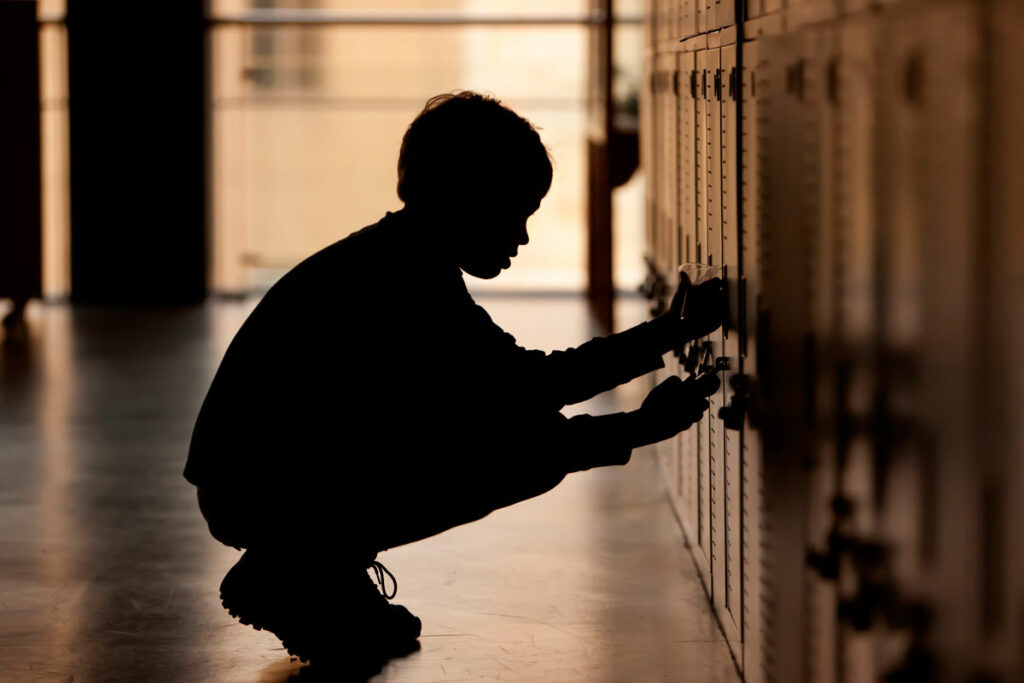The latest report from the U.S. Bureau of Labor Statistics was bad news for the administration. It showed a small increase in employment and it revised downwards earlier data.
Trump was furious. The official was fired immediately. The message to federal data agencies was clear: Report good news or look for a new job.
Question: Will we ever be able to trust data reported by the Federal Government again? Maybe in four years?
Charles Rugaber of the AP reported:
WASHINGTON (AP) — President Donald Trump on Friday removed the head of the agency that produces the monthly jobs figures after a report showed hiring slowed in July and was much weaker in May and June than previously reported.
Trump, in a post on his social media platform, alleged that the figures were manipulated for political reasons and said that Erika McEntarfer, the director of the Bureau of Labor Statistics, who was appointed by former President Joe Biden, should be fired. He provided no evidence for the charge.
“I have directed my Team to fire this Biden Political Appointee, IMMEDIATELY,” Trump said on Truth Social. “She will be replaced with someone much more competent and qualified.”
Trump later posted: “In my opinion, today’s Jobs Numbers were RIGGED in order to make the Republicans, and ME, look bad.”
After his initial post, Labor Secretary Lori Chavez-DeRemer said on X that McEntarfer was no longer leading the bureau and that William Wiatrowski, the deputy commissioner, would serve as the acting director.
“I support the President’s decision to replace Biden’s Commissioner and ensure the American People can trust the important and influential data coming from BLS,” Chavez-DeRemer said.
Friday’s jobs report showed that just 73,000 jobs were added last month and that 258,000 fewer jobs were created in May and June than previously estimated. The report suggested that the economy has sharply weakened during Trump’s tenure, a pattern consistent with a slowdown in economic growth during the first half of the year and an increase in inflation during June that appeared to reflect the price pressures created by the president’s tariffs…
Trump has sought to attack institutions that rely on objective data for assessing the economy, including the Federal Reserve and, now, the Bureau of Labor Statistics. The actions are part of a broader mission to bring the totality of the executive branch — including independent agencies designed to objectively measure the nation’s wellbeing — under the White House’s control.
McEntarfer was nominated by Biden in 2023 and became the Commissioner of the Bureau of Labor Statistics in January 2024. Commissioners typically serve four-year terms but since they are political appointees can be fired. The commissioner is the only political appointee of the agency, which has hundreds of career civil servants.
The Senate confirmed McEntarfer to her post 86-8, with now Vice President JD Vance among the yea votes.
Trump focused much of his ire on the revisions the agency made to previous hiring data. Job gains in May were revised down to just 19,000 from 125,000, and for June they were cut to 14,000 from 147,000. In July, only 73,000 positions were added. The unemployment rate ticked up to a still-low 4.2% from 4.1%.
“No one can be that wrong? We need accurate Jobs Numbers,” Trump wrote. “She will be replaced with someone much more competent and qualified. Important numbers like this must be fair and accurate, they can’t be manipulated for political purposes.”
The monthly employment report is one of the most closely-watched pieces of government economic data and can cause sharp swings in financial markets. The disappointing figure sent U.S. market indexes about 1.5% lower Friday.
While the jobs numbers are often the subject of political spin, economists and Wall Street investors — with millions of dollars at stake — have always accepted U.S. government economic data as free from political manipulation.




